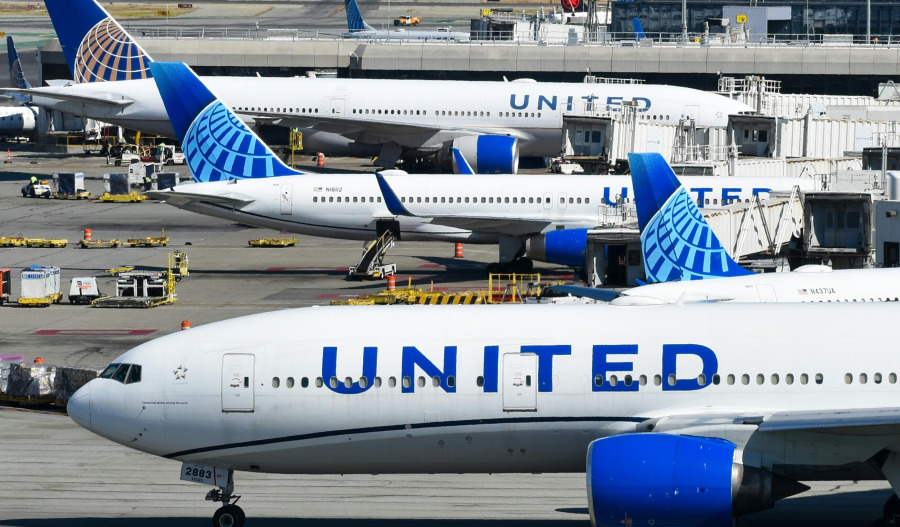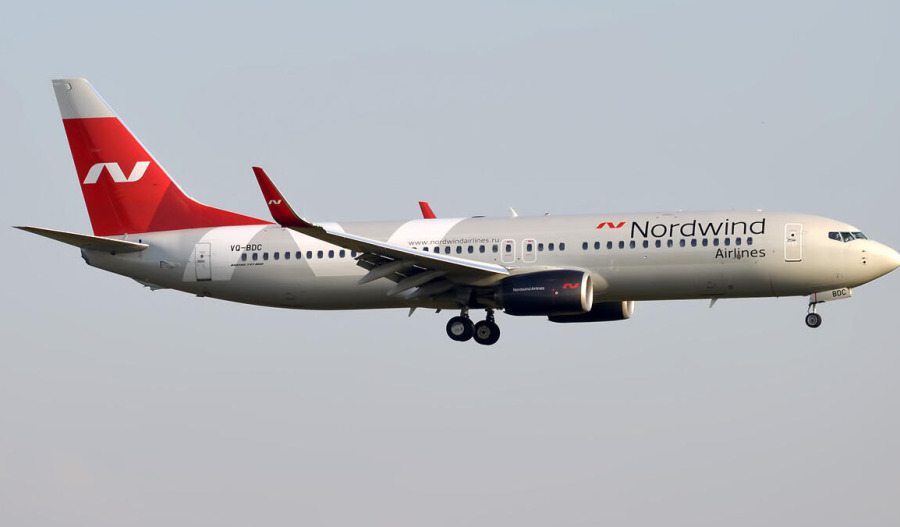Demand for air travel in June fell, experiencing just a 2.6% year-over-year increase in travellers.
The International Air Transport Association (IATA) director general, Willie Walsh, attributes this slowdown to geopolitical issues.
“[2.6% is] a slower pace than we have seen in previous months and reflects disruptions around military conflict in the Middle East,” Walsh said.
“With demand growth lagging the 3.4% capacity expansion, load factors dipped 0.6 percentage points from their all-time record-high levels.”
However, load factors remain strong with an 84.4% increase.
Walsh also said he doesn’t expect any slowdown in growth during August.
“With a modest 1.8% capacity growth visible in August schedules, load factors over the Northern summer are unlikely to stray far from their recent historic highs,” he said.
International growth reached 3.2% year-on-year; however, load factors fell across all regions as capacity growth outstripped demand.
Middle East airlines saw the steepest decline, with demand falling by 0.4% year-over-year amid conflicts in the region that especially impacted travel on North American and European routes.
Airlines in the Asia Pacific region saw the largest increase, with demand growth of 7.2%.
Domestic demand grew by 1.6% year-over-year, and was led by Brazil, which saw its domestic demand increase by 18.3%.



